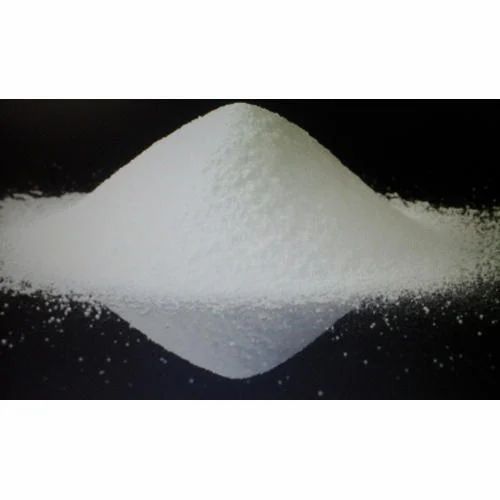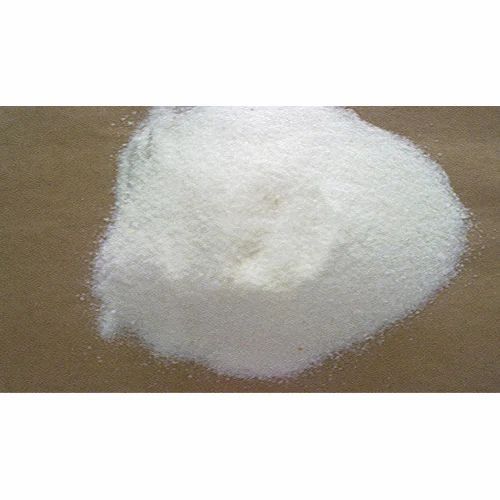Calcium Oxide: A Comprehensive Overview
Calcium oxide, commonly known as quicklime, is a chemical compound with the formula CaOCaO. This white, caustic, alkaline substance is produced by the thermal decomposition of calcium carbonate, commonly found in limestone. Calcium oxide is widely used across various industries due to its versatile properties and applications. From construction and agriculture to environmental management and chemical manufacturing, calcium oxide plays a critical role in numerous processes. This detailed product description will explore the properties, applications, benefits, and safety considerations associated with calcium oxide, highlighting its significance in multiple sectors.
Chemical Properties
Composition and Structure
Calcium oxide is an inorganic compound composed of calcium and oxygen. It is a solid at room temperature and has a high melting point, making it suitable for high-temperature applications. The molecular weight of calcium oxide is approximately 56.08 g/mol.
Physical Characteristics
- Appearance: White or grayish-white powder or granules
- Molecular Weight: 56.08 g/mol
- Density: Approximately 3.34 g/cm³
- Melting Point: 2572 °C (4662 °F)
- Solubility: Reacts with water to form calcium hydroxide; slightly soluble in water
These properties make calcium oxide suitable for various applications in different industries.
Applications of Calcium Oxide
1. Construction Industry
Calcium oxide is widely used in the construction industry as a key ingredient in cement and mortar. Its ability to react with water and form calcium hydroxide is essential for the hardening process in concrete. This reaction contributes to the strength and durability of structures, making calcium oxide vital for construction projects.
2. Agriculture
In agriculture, calcium oxide is used as a soil amendment to improve soil quality. It helps to raise soil pH, making acidic soils more neutral, which is beneficial for crop growth. Calcium oxide also provides a source of calcium, essential for plant development and nutrient uptake.
3. Chemical Manufacturing
Calcium oxide serves as a precursor in the production of various chemicals, including calcium hydroxide, calcium carbide, and calcium carbonate. Its reactivity makes it an essential component in numerous chemical processes, contributing to the synthesis of other vital compounds.
4. Environmental Applications
In environmental management, calcium oxide is used for water treatment and flue gas desulfurization. It helps neutralize acidic waste and remove impurities from water, improving overall water quality. Additionally, calcium oxide is effective in reducing sulfur dioxide emissions from industrial processes, making it an essential component in pollution control.
5. Metallurgy
Calcium oxide is employed in metallurgy as a flux in the production of metals. It helps remove impurities from molten metal, enhancing the overall quality of the final product. This application is crucial in the manufacturing of steel and other alloys.
6. Food Industry
Although not as common, calcium oxide is used in the food industry for specific applications, such as in the production of certain food additives. It is important to ensure that any calcium oxide used in food processing meets safety standards and regulations.
Advantages of Using Calcium Oxide
1. High Reactivity
One of the primary advantages of calcium oxide is its high reactivity. This property makes it effective in various chemical processes, including neutralization and synthesis, enhancing efficiency and productivity.
2. Cost-Effectiveness
Calcium oxide is relatively inexpensive compared to other industrial chemicals. Its availability and low cost make it a preferred choice for businesses looking to improve their processes without significantly increasing expenses.
3. Versatility
The diverse applications of calcium oxide highlight its versatility. Whether used in construction, agriculture, environmental management, or chemical manufacturing, its effectiveness across multiple sectors makes it an invaluable resource.
4. Environmental Benefits
Calcium oxide contributes to environmental sustainability by improving soil quality, treating wastewater, and reducing emissions. Its role in these processes helps promote better practices in various industries.
How to Use Calcium Oxide
1. In Construction
When using calcium oxide in construction applications:
- Dosage: Follow industry standards for the appropriate amount of calcium oxide to use in cement and mortar mixes. Typically, 5% to 10% of calcium oxide is added to cement.
- Mixing: Ensure thorough mixing with other materials to achieve consistent results and optimal strength in concrete formulations.
2. In Agriculture
For agricultural applications:
- Soil Amendment: Apply calcium oxide to acidic soils based on soil tests to determine the right amount needed for optimal crop growth. Typical application rates range from 100 to 300 kg per hectare.
- Monitoring: Regularly assess soil pH and crop performance to adjust application rates as necessary.
3. In Chemical Manufacturing
For chemical applications:
- Preparation: Use calcium oxide according to specific protocols to ensure the correct dosage and effectiveness in reactions.
- Quality Control: Regularly monitor the quality of chemical products to ensure compliance with industry standards.
4. In Environmental Applications
When using calcium oxide for environmental management:
- Water Treatment: Apply calcium oxide as needed to neutralize acidic waste and improve water quality. Follow specific guidelines for dosage based on water chemistry.
- Emission Control: Use calcium oxide in flue gas desulfurization processes to reduce sulfur dioxide emissions effectively.
5. In Metallurgy
For metallurgical applications:
- Fluxing Agent: Use calcium oxide as a flux in metal production processes, ensuring proper dosage to remove impurities effectively.
- Monitoring: Regularly evaluate the quality of molten metal to ensure desired outcomes.
Safety and Handling
1. Toxicity
Calcium oxide is considered hazardous if handled improperly. It can cause irritation to the skin, eyes, and respiratory system. Proper precautions must be taken to minimize exposure.
2. Protective Measures
When handling calcium oxide, it is essential to:
- Wear Protective Gear: Use gloves, goggles, and appropriate protective clothing to minimize exposure risks.
- Ensure Ventilation: Work in a well-ventilated area to avoid inhaling any dust or fumes.
3. Storage
Store calcium oxide in a cool, dry place away from moisture and incompatible substances. Ensure that containers are tightly sealed to maintain product integrity and prevent degradation.
Environmental Considerations
Calcium oxide is generally considered environmentally friendly when used responsibly. However, proper disposal methods should be followed to minimize any potential impact. Always adhere to local regulations regarding chemical waste disposal.
Conclusion
Calcium oxide is a versatile and essential compound widely used in construction, agriculture, chemical manufacturing, environmental management, and metallurgy. Its unique properties, such as high reactivity and cost-effectiveness, make it an invaluable resource for professionals and manufacturers alike.
When purchasing calcium oxide, choose reputable suppliers that provide high-quality products and detailed safety data sheets. Understanding its applications, benefits, and safety measures will help you maximize the potential of this remarkable compound in your projects.
Whether you’re a contractor seeking to enhance construction quality, an agricultural expert aiming to improve soil health, or a chemical manufacturer looking for effective compounds, calcium oxide can meet your needs. Embrace the advantages of this compound and unlock new possibilities in your field!





Reviews
There are no reviews yet.